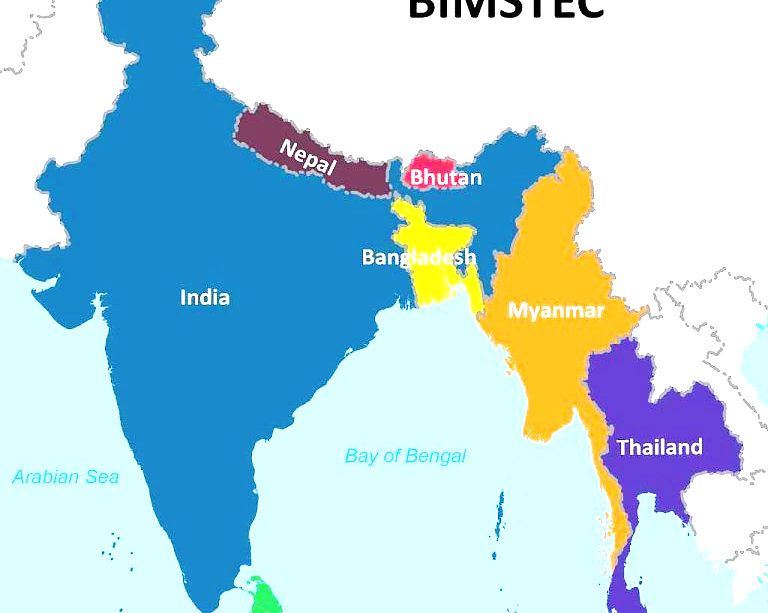Understanding BIMSTEC Countries and Their Role in Regional Development

Introduction
The Bay of Bengal Initiative for Multi-Sectoral Technical and Economic Cooperation (BIMSTEC) is a regional organization comprising seven countries: Bangladesh, Bhutan, India, Myanmar, Nepal, Sri Lanka, and Thailand. Established in 1997, BIMSTEC acts as a bridge between South Asia and Southeast Asia, promoting various sectors of cooperation including trade, energy, and technology. In recent years, the importance of BIMSTEC countries has grown significantly, especially in the context of global economic shifts and the COVID-19 pandemic recovery.
Recent Developments
BIMSTEC countries are actively working together to enhance economic ties and address common challenges. The 5th BIMSTEC Summit, held in March 2022, highlighted the need for strengthened collaboration on disaster management, climate change, and digital economy amid ongoing global challenges. Bangladesh’s leadership during the summit underscored a unified commitment towards mutual cooperation in the region.
Moreover, the ongoing development of the BIMSTEC Free Trade Area (FTA) aims to boost trade relations among member states. According to the BIMSTEC Secretariat, final negotiations for the FTA are anticipated to be completed by 2024, enabling member countries to benefit from reduced tariffs and increased market access.
Geopolitical Significance
The strategic location of BIMSTEC countries is crucial in the context of geopolitical rivalries in the Indo-Pacific region. With India’s ‘Act East’ policy and Thailand’s role as the gateway to ASEAN, nations like Myanmar and Bangladesh are pivotal in establishing regional stability and fostering economic growth. The convergence of interests among BIMSTEC countries is seen as a counterbalance to China’s rising influence in the region.
Future Prospects
As the BIMSTEC nations forge ahead, the focus will likely remain on enhancing connectivity and infrastructure development. Projects aimed at improving transport linkages such as the India-Myanmar-Thailand trilateral highway are expected to catalyze trade and tourism. Additionally, collaboration in sectors like technology and renewable energy could emerge as significant drivers of growth in the coming years.
Conclusion
The significance of BIMSTEC countries is underscored not only by their geographical proximity but also by their collective efforts to address shared challenges. As these nations work towards economic integration and sustainable development, their collaborative framework has the potential to enhance regional stability and prosperity, making it essential for global stakeholders to recognize their growing influence on the international stage.









